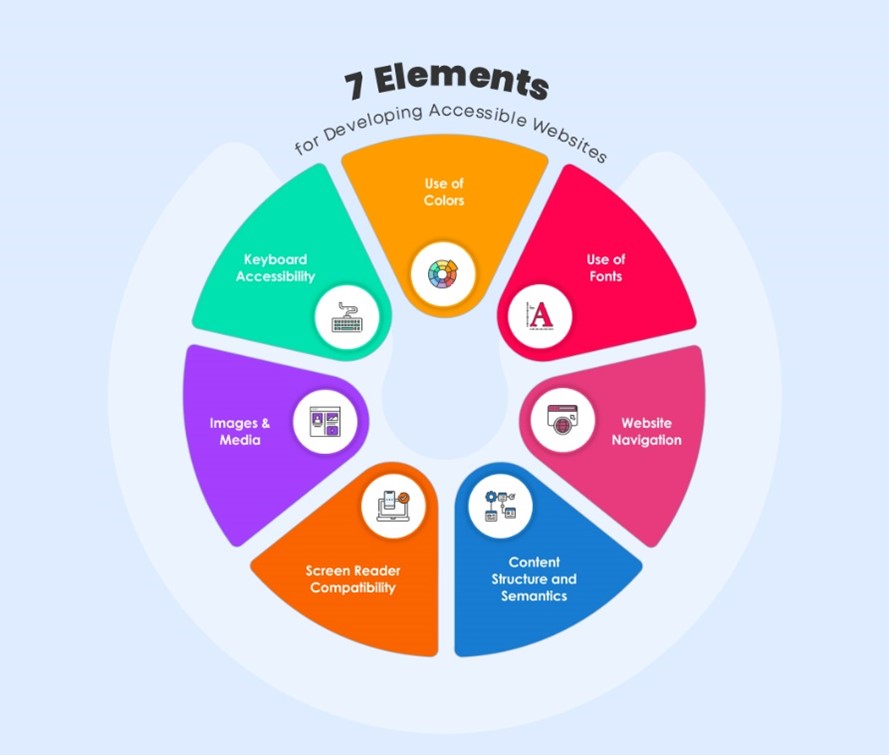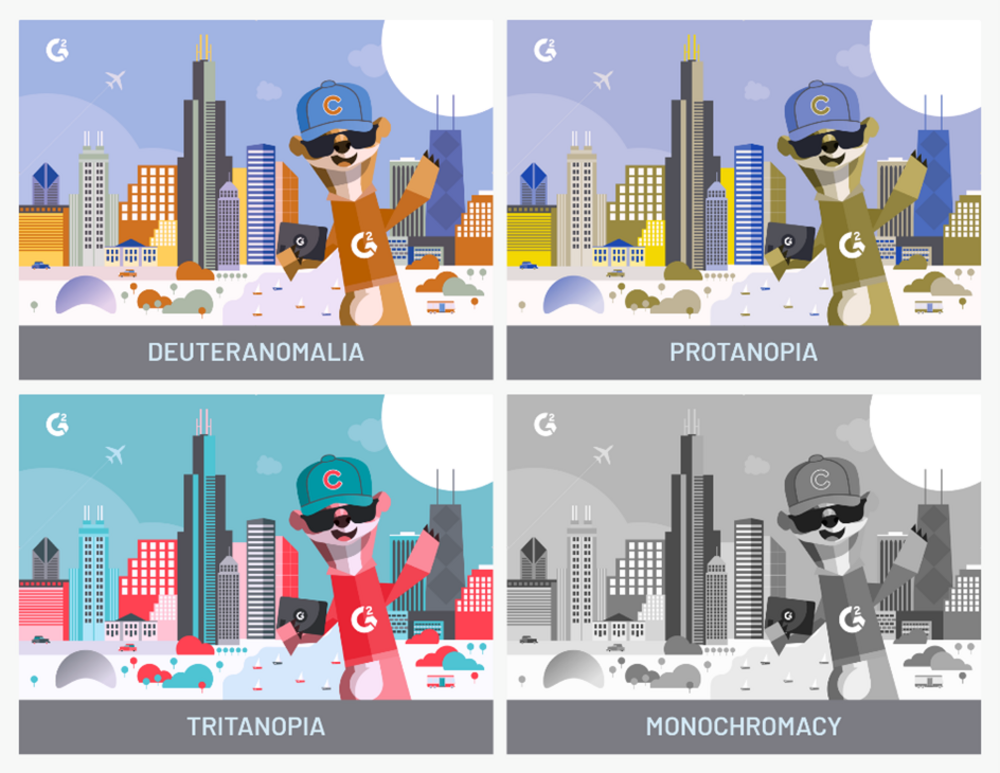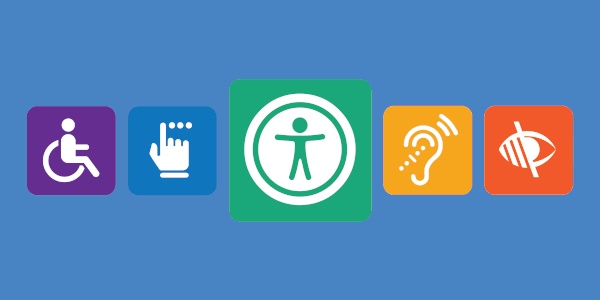Web accessibility is designing websites that are accessible to people with disabilities. Users with other limitations and impairments can interact, perceive and navigate the content. This also includes anyone with socio-economic restrictions on speed and bandwidth. More than 1 billion people are estimated to experience disability which corresponds to about 15% of the world’s population with up to 90 million (3.8%) aged 15 and older living with significant functioning difficulties. Accessibility is a step towards ensuring that this segment does not face web barriers, discrimination and stigmatization.

Image Source: https://www.netsolutions.com/insights/ecommerce-website-accessibility/
Three-quarters or 75% of Americans with disabilities report using the internet daily. Some 62% of disabled adults say they own a desktop or a laptop. These statistics make web accessibility immensely important for brands and businesses. It helps participate in school, work and online activities. Better accessibility mixed with SEO can result in a 36% increase in web traffic over a year. It is a great chance to reach more people. Here is a guide on how to improve accessibility compliance and optimize your brand for the specially-abled.
1. Descriptive Image Alt Text
This is an invisible image description that is read aloud to blind users. You can keep it short like a tweet for non-decorative pictures. The description can be in detail but make sure it is not too wordy. This technical practice relates to site’s compatibility and makes it available to navigation types like keyboards or the visually impaired using screen readers.
Alt tags allow a higher SEO score on Google and are critical if the image is a core element in understanding your web page. It is also necessary to avoid legal consequences since Target paid $6 million in damages to the National Federation of the Blind for accessibility issues like failing to include alt tags.
2. Color Contrast Ratios
There should be a proper color contrast between the text and its background. This can help to distinguish information without hassles. But a poor contrast can make it tough for readers with color blindness. WCAG recommends 4:5:1 for the text that appears over a background shade or image. The 1:4:5 technique can relax the 7:1 contrast ratio requirement for texts that are at least 14 (if bold) and 18 (if not bold).

Image Source: https://www.g2.com/articles/how-to-improve-web-accessibility
Try to maintain the ‘relative luminance’ of the letter. Add the Google Chrome extension: I Want to See Like the Color Blind. Do not forget to use other visual indicators like question marks and asterisks. Separations like whitespace or borders are also quite vital.
3. Eliminate Flickers
Blinking, jarring or rapidly color changing content more than three times per second may trigger seizures in anyone who is prone to it. It can also be frustrating or distracting for general users as well. Visitors might not be able to extract information or complete tasks. The best practice is to ensure it is below the general flash and red flash thresholds and does not blink more than three times in one second. Yet the safest option is to avoid flamboyant GIFs and animations altogether for a soothing experience. This is critical since 88% of people will not return to your site if they encountered a single bad experience. Flashing content might give the impression of flakiness and instability as well.
4. Add CAPTCHA Options
This is Completely Automated Public Testing test to tell Computers and Humans Apart is usually seen on the login page. It works with major screen readers like NVDA, JAWS, ChromeVox and VoiceOver. You have to decode warped letters and numbers and type them in the given box to enter a website. This can be highly confusing for dyslexic people since it takes plenty of extra work and effort.
Add accessible options like audio-based tests to assure human verification and keep bots from creeping into your website and performing automatic registrations. Sound output is based on the auditory perception of human users. Up to 40% of Americans live with some sort of dyslexia and are may benefit from inquiry into the dyslexic internet experience.
Create designs for multiple viewport sizes and provide control of the content that might begin immediately. Make the page titles unique and informative. Keep information clear and concise. Assistive technology and evaluation tools can be helpful. Rest assured, these can be easy and non-detrimental to the website’s UX design.


No comments yet